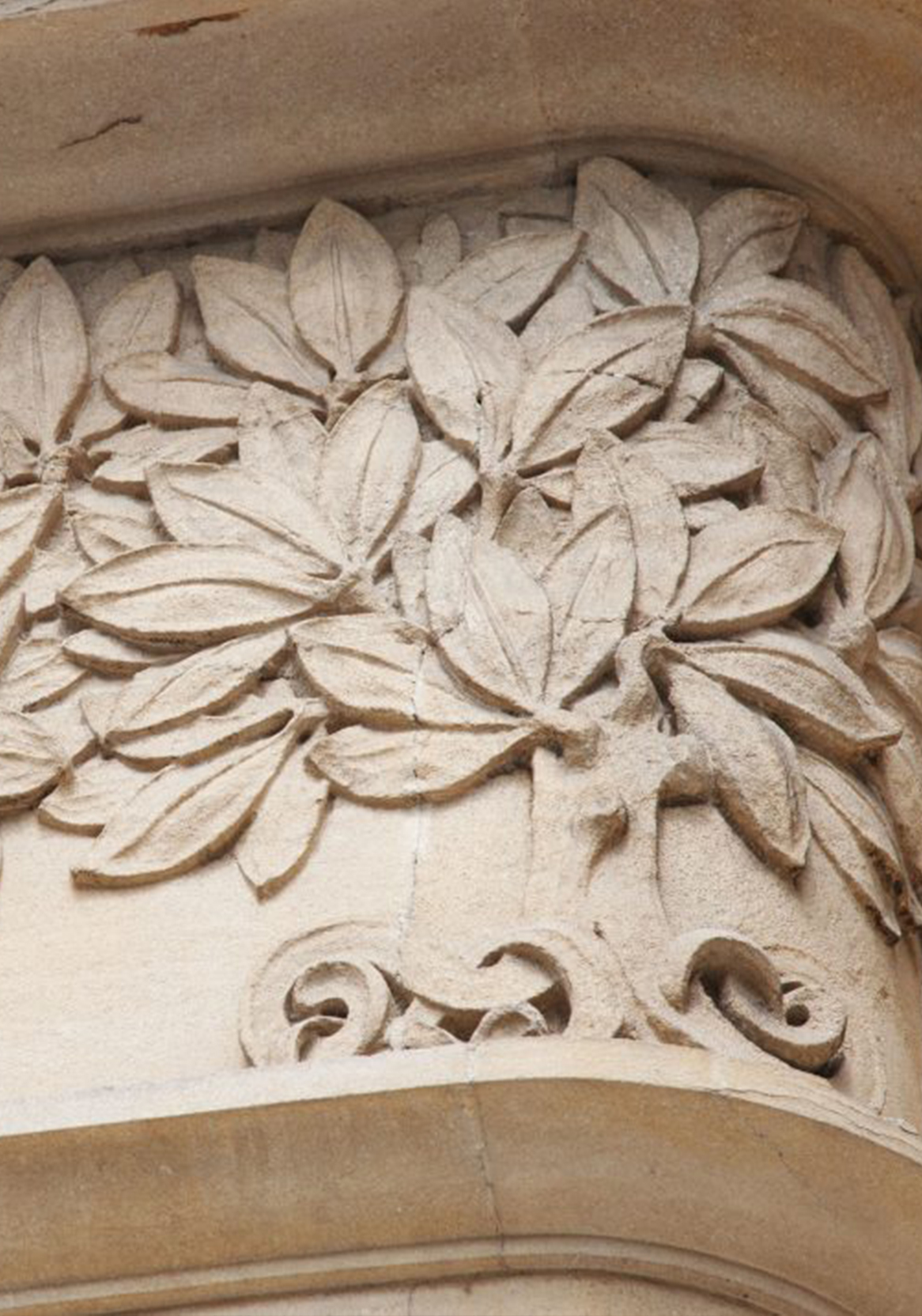
Tree of life on Horniman Museum exterior.

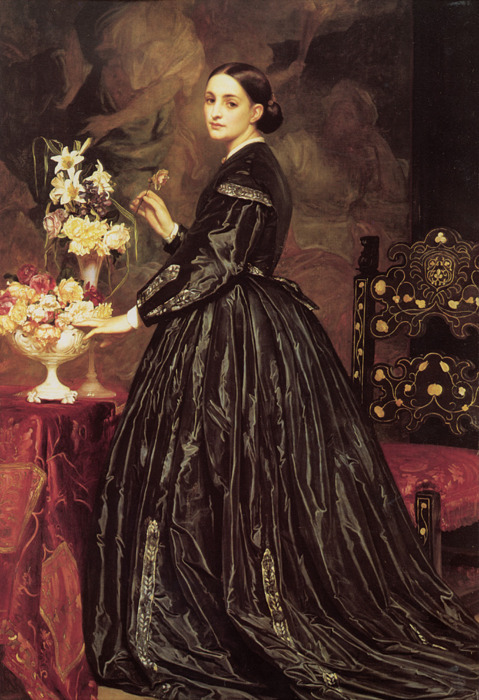
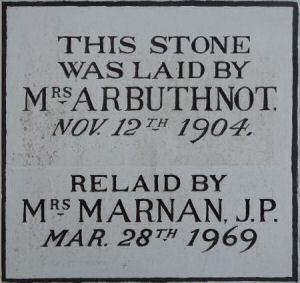
Arbuthnot Hall – foundation stone.
He collaborated with Sir Richard Burton to translate the ‘Kama Sutra of Vatsayana’ (1883) and the ‘Ananga Ranga’ (1885). He also wrote books under the pseudonym Anaryan. His friends knew him as Bunny and he took a lively interest in his village neighbours. His memory was well preserved in the Arbuthnot Institute, built by his wife on land that had contained her Reading Room.

Blatchfeld at Blackheath.
The Arts and Crafts building, designed by the architect Charles Harrison Townsend, was given to Shamley Green as a village asset and community hall.
His widow, Ellinor Arbuthnot, a long standing member of the community commissioned and paid the building o a community hall. She laid the foundation stone in November 1904 with completion the following year. It was a Wednesday afternoon on 31st May 1905 that the building was formally opened in the presence of a village gathering. The ceremony took place inside the bright and roomy hall, presided over by the chairman of the Parish Council, Charles Hodgson with the support of Ellinor, her son and the vicar.


The audience was given a short speech from Ellinor’s youngest and ninth son from her previous marriage to James Guthrie. Walter Murray Guthie had lived for a time at Shamley Green and by 1905 he was Conservative MP for Bow and Bromley Division of Tower Hamlets. He spoke of his step-father’s love of books stating; ‘That in books one would find friends for all time and for all days’. Forster Fitzgerald Arbuthnot was a distinguished orientalist, well versed in the ancient literatures of Persia and India. It is due to his laborious work that several of the Masterpieces of Arabic, Persian and Indian writers are now accessible to English readers. Therefore it was quite fitting at the opening ceremony that it was planned to house a library of books for the village. Nothing would have pleased Arbuthnot more than to know that this had had been built there and that they were going to have a library of books.
Arbuthnot believed above all things ‘that progress could not be attained without education and that the principal factor in education was literature… He held and believed that books were absolutely necessary, and that if people were to better themselves, and by bettering themselves, so better those around them and the world in general, it was necessary for them to have free access to books’.
The ideas of Arbuthnot’s stand on education are alluded to in the speech given at the opening ceremony by the term ‘the broadest’. He felt they ‘served to brighten their lives, which were all too prosaic’.
Walter Guthrie suggested at the opening speech that the Institute should hold a newspaper class where someone should narrate what had happened all over the world. This he believed would help ‘to avoid what was one of the greatest dangers of village life, and that was the tendency to narrow the mental vision’. Luckily his wish for greater outlook on life has probably gone beyond his wildest dreams with the internet and world news available live.
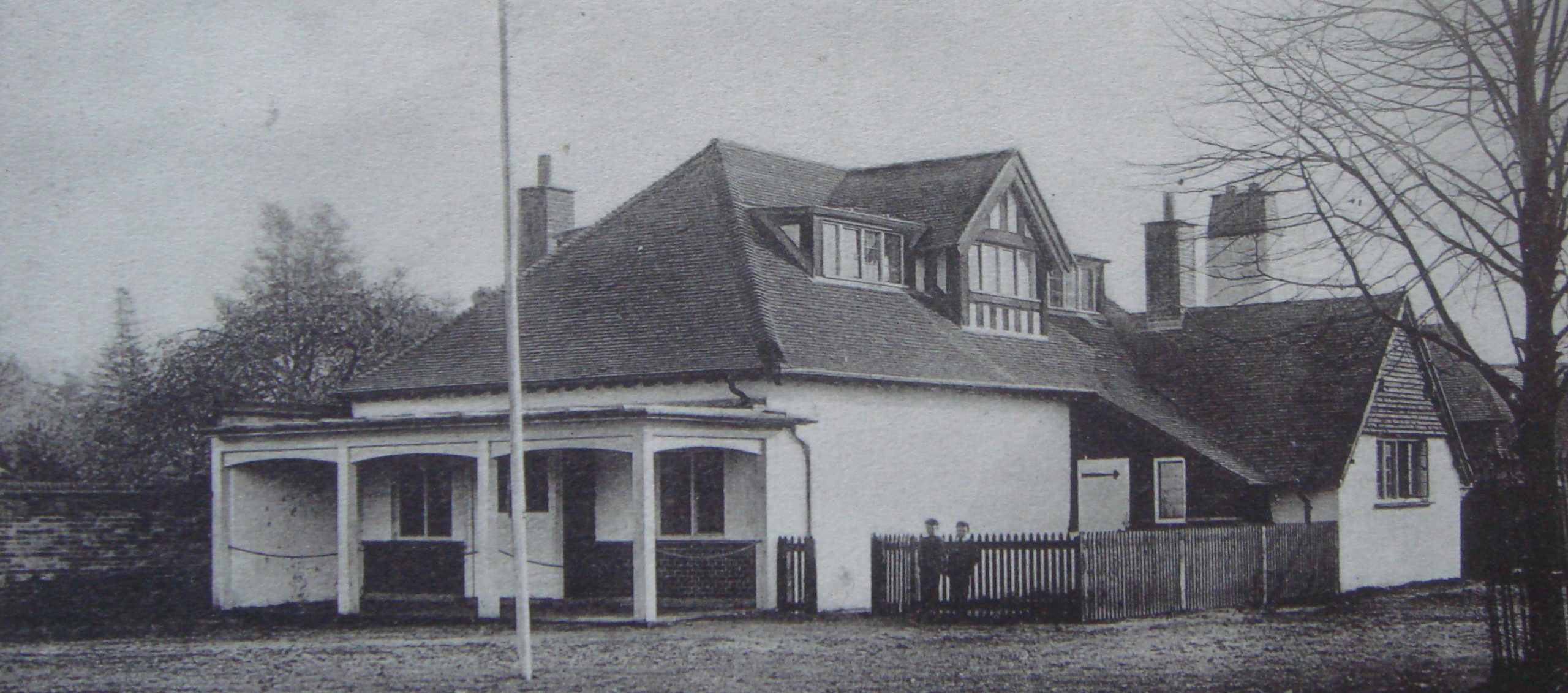
Arbuthnot Hall – front elevation 1906.
The hall was designed to have many uses and serve as a cricket pavilion during the summer months, Badminton during the winter months, to hold dramatic events, lecturers – so long as they were non-political, bazaars, rummage sales etc. There was to be one restriction to all the events held in this community asset and from the outset there was to be no alcoholic liquor sold on the premises.
The hall was to be managed by a committee appointed by the Wonersh Parish Council whose chairman was Charles Hodgson from The Hallams. He had worked for the three prior years to the erection of the hall and was handed the key by Ellinor Arbuthnot’s son. This signified the Hall was vested in the Parish Council and regarded that the building had been given over to the use of the village.
Walter Guthrie concluded ‘I dedicate this Hall to the glory of God, to the memory of Foster Fitzgerald Arbuthnot and to the use of the public for ever

Arbuthnot Hall – front elevation 1971.

Arbuthnot Hall – foundation stone.
In a statement to the press Charles Hodgson, then chairman of the Parish Council stated that ‘He believed that the united common sense they found in all communities always triumphed over a few foolish people, and he hoped that what Mr Guthrie had said would come true, and that the building would be of very great use, more especially to the young people.’
The committee had the power to elect two outside members, one of whom might be a woman. At the outset the woman and the President of the Institute was Ellinor Arbuthnot. The building belonged to the Parish Council who appointed a subcommittee called the Institute Committee to manage it. This consisted of four members of Shamley Green who were charged £3 per annum. The Cricket club paid £2 for the use of the hall with the scale of costs for other groups on a descending depending on the usage.
After the opening ceremony tea was provided in a marquee and the Albury Brass and Reed Band played for the afternoon. They also played for dancing on the Cricket Ground in that Wednesday evening.
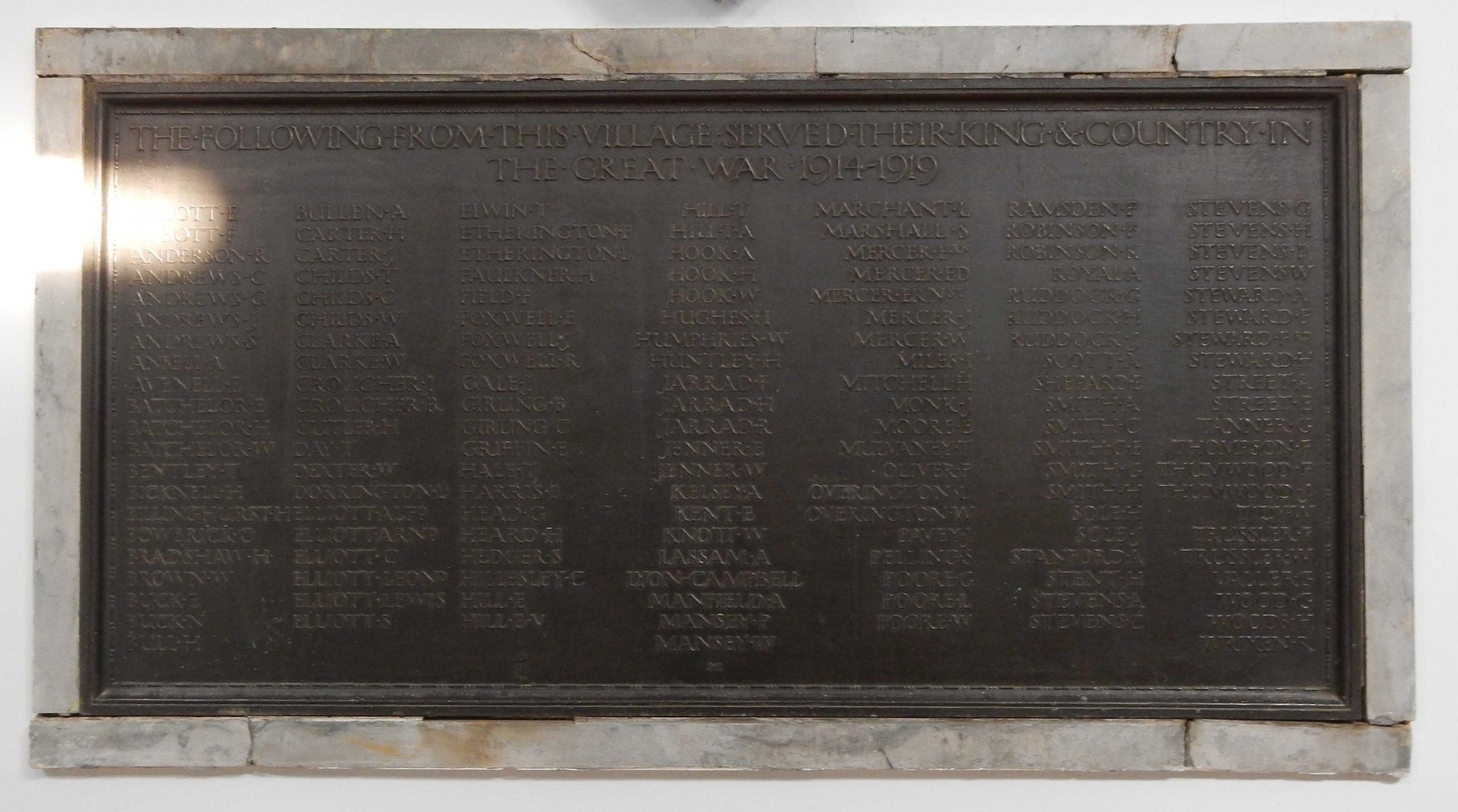
Arbuthnot Hall – War memorial.
The Shamley Green village hall continues to provide a hub for local community life, providing at minimum a building where local people can come together, often in formalised groupings as clubs and societies. These encompass a wide range of uses and users that I am sure Ellinor Arbuthnot would be heartened to see on her investment in community spirit of Shamley Green. Townsend’s building – that abiding icon of the village hall, the volunteering ethic of the community; a physical if humble focus of much that has become traditional yet unofficial life of the village.
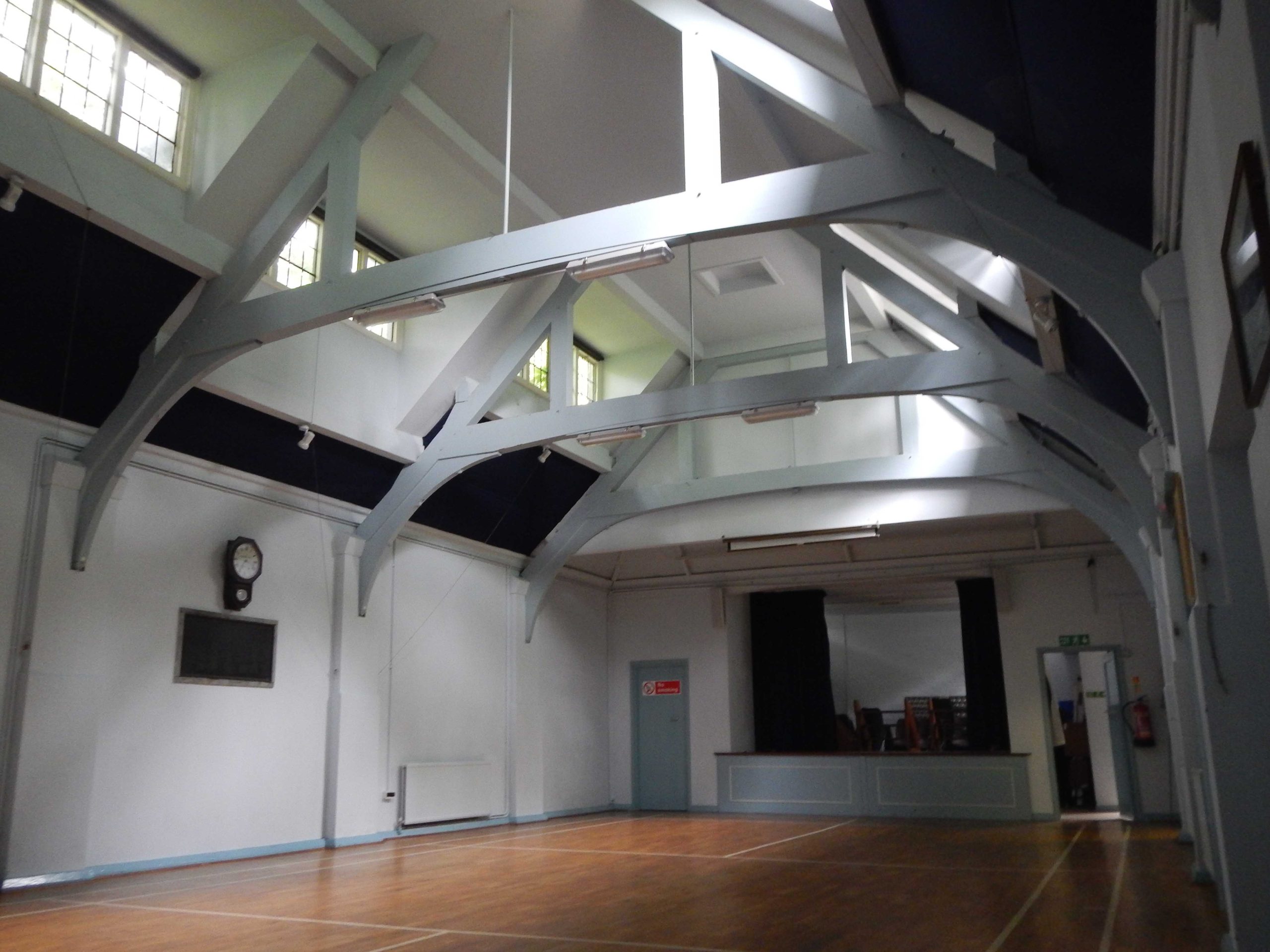
Arbuthnot Hall – modern day interior.
Contact Sarah Sullivan for more information scsullivan@btinternet.com